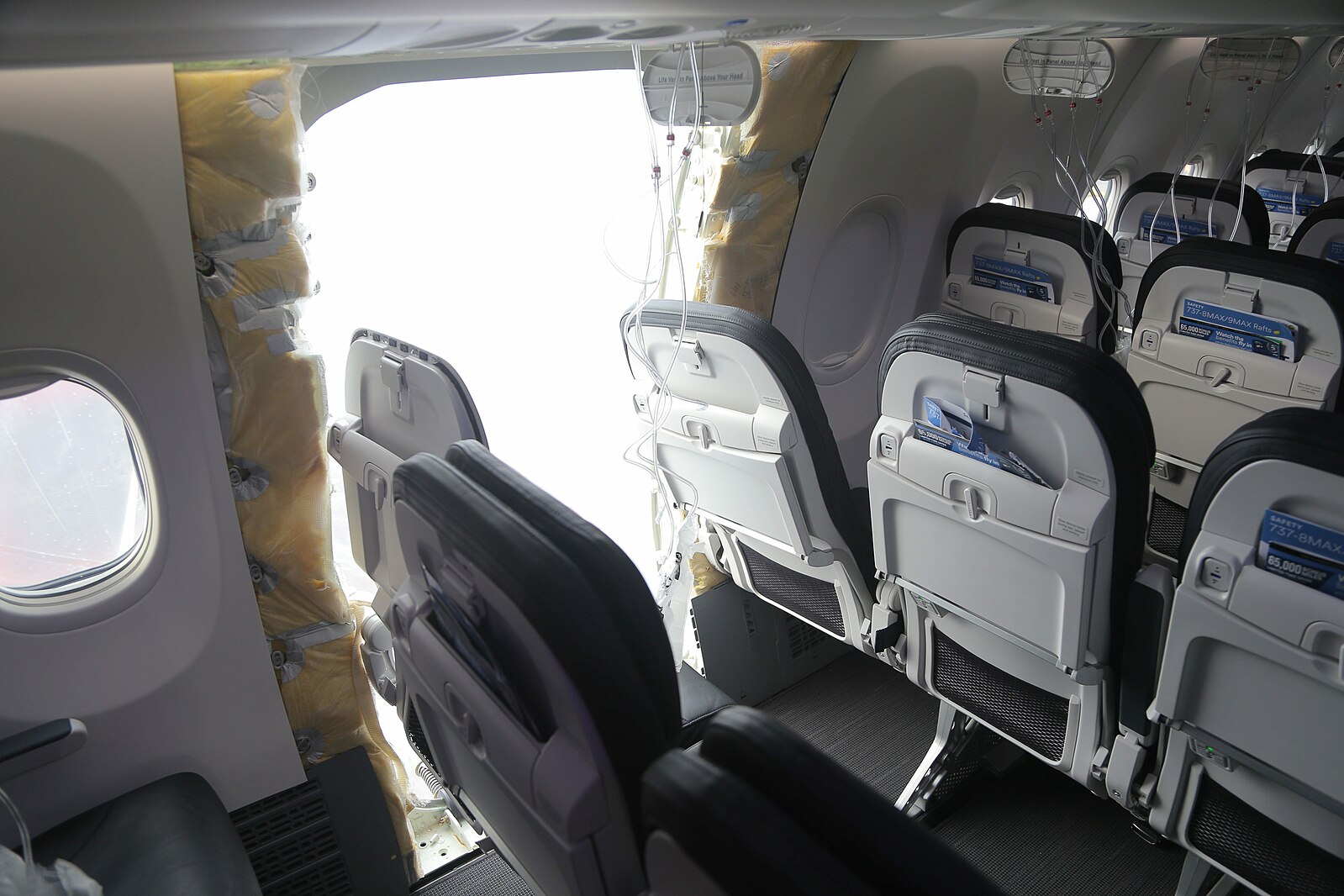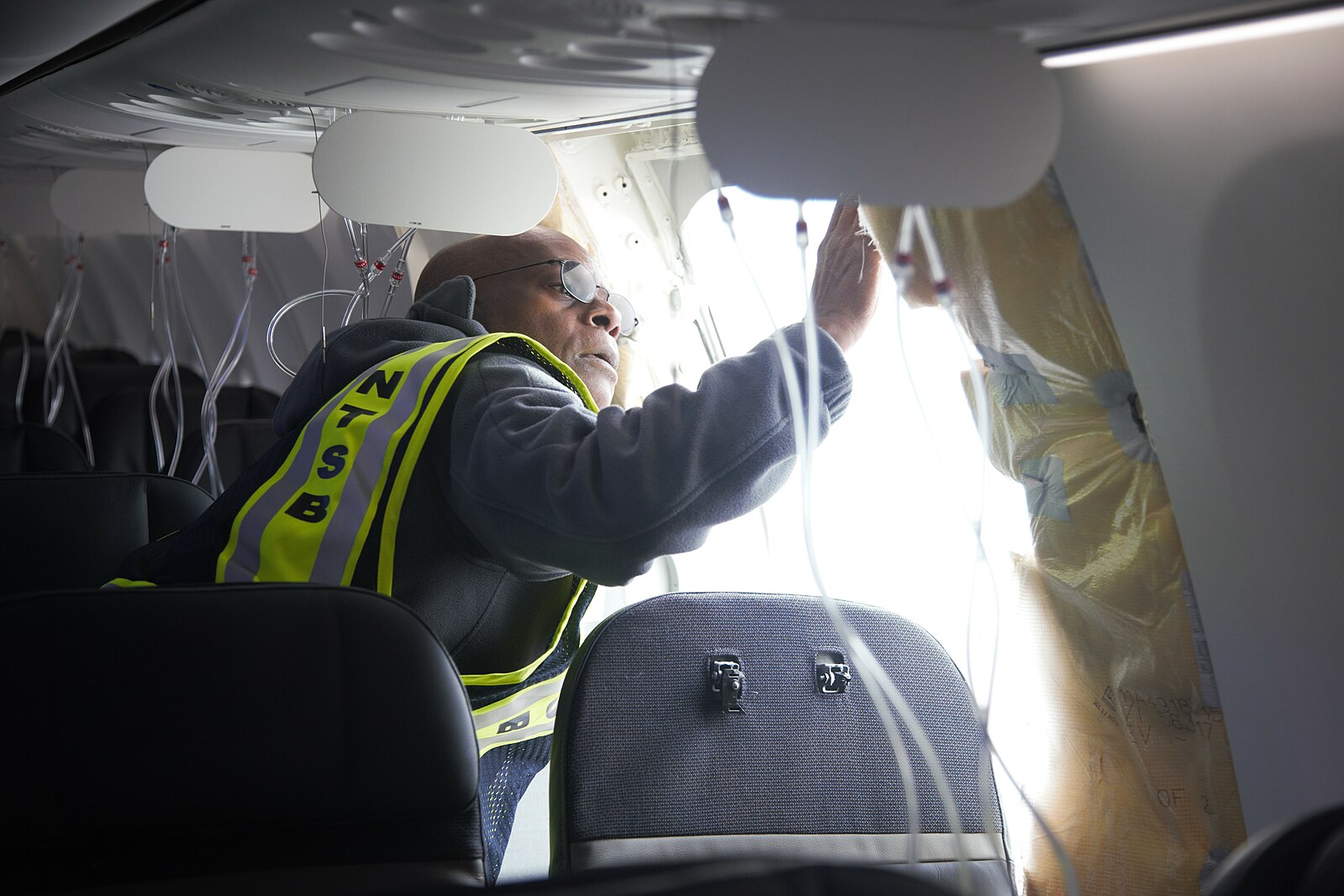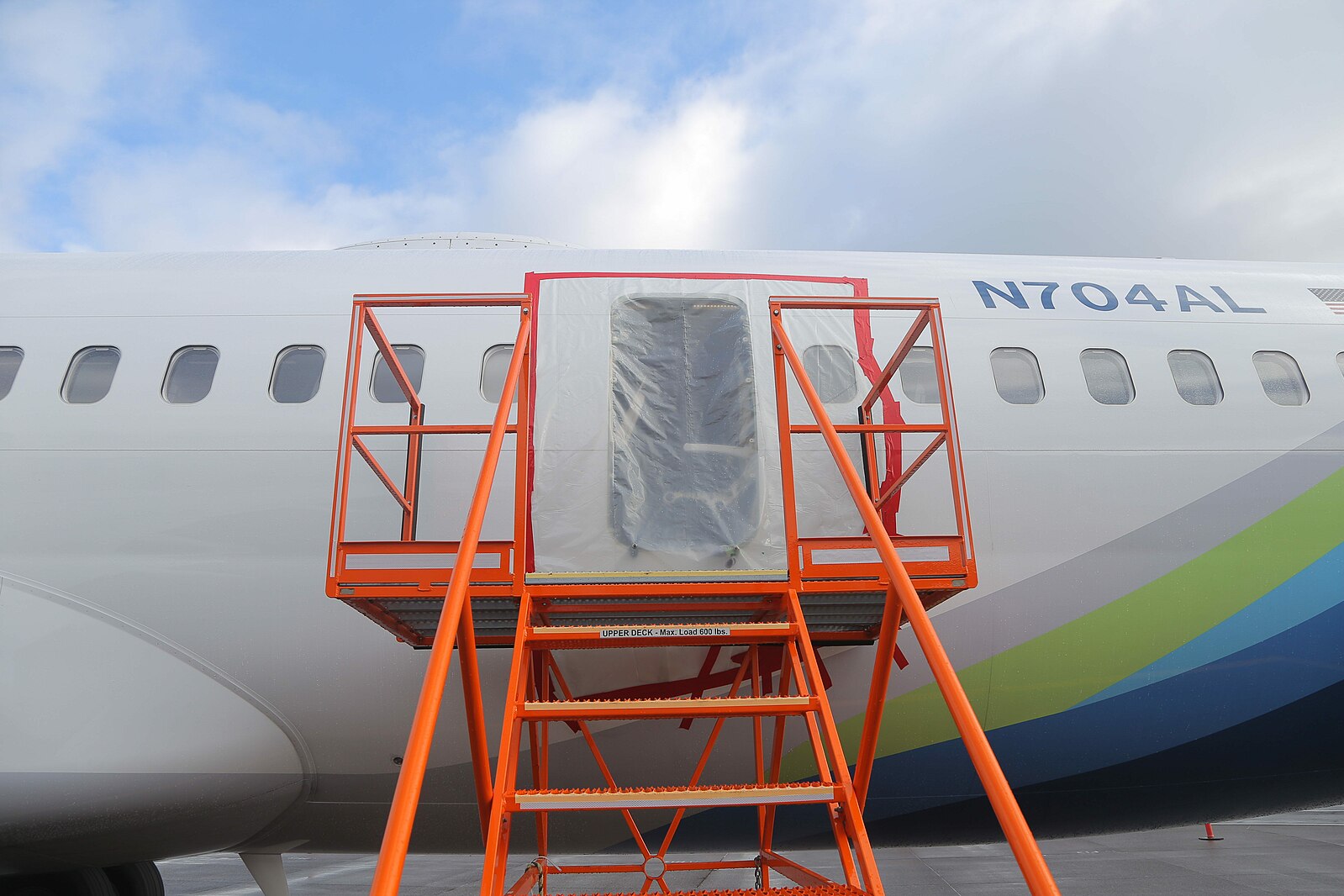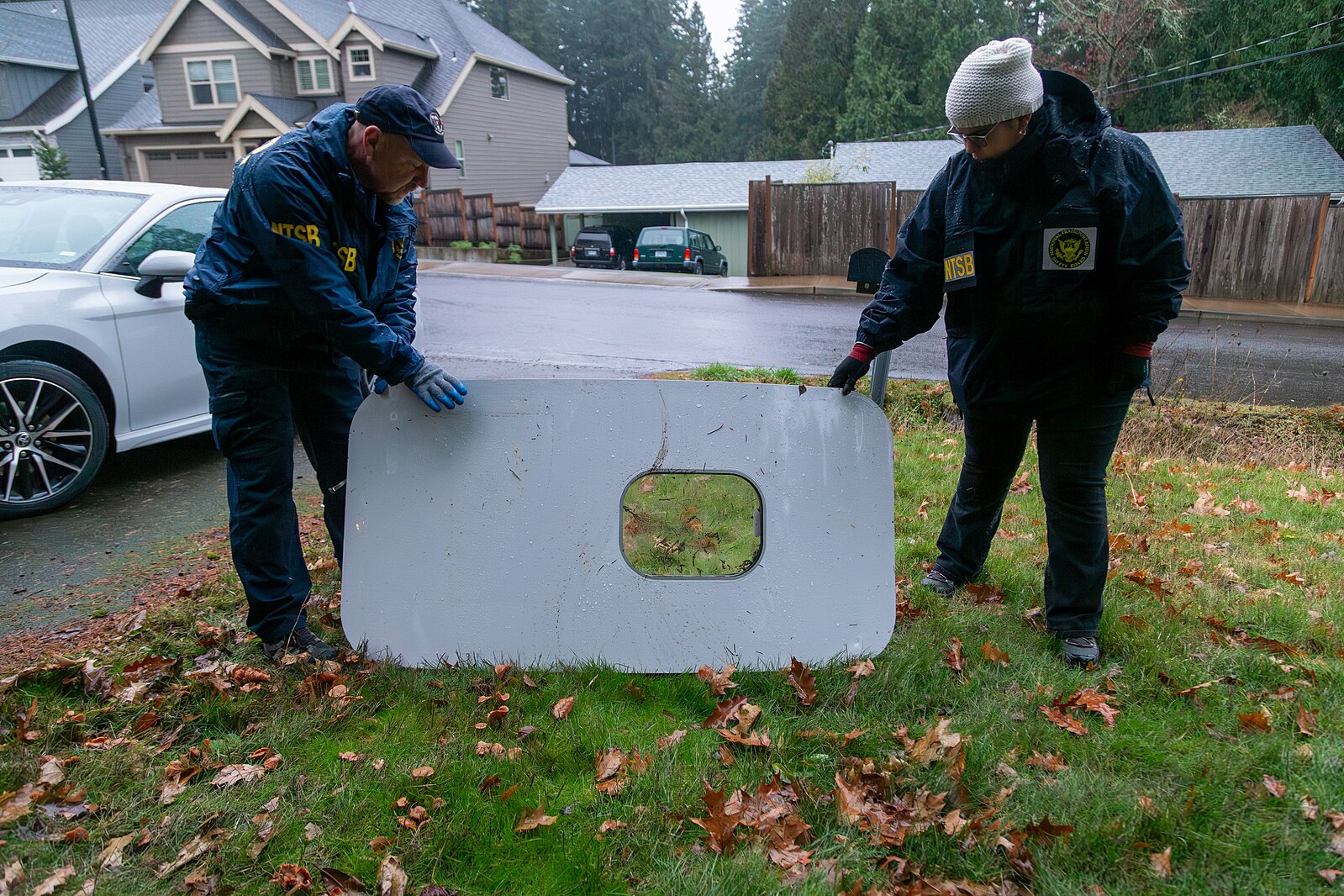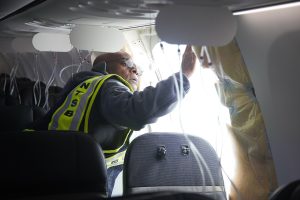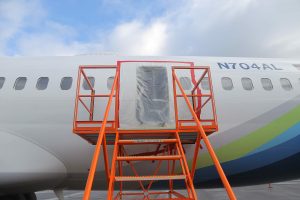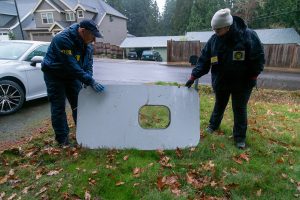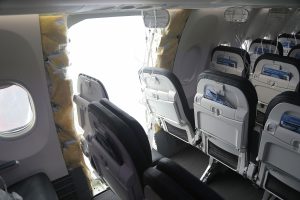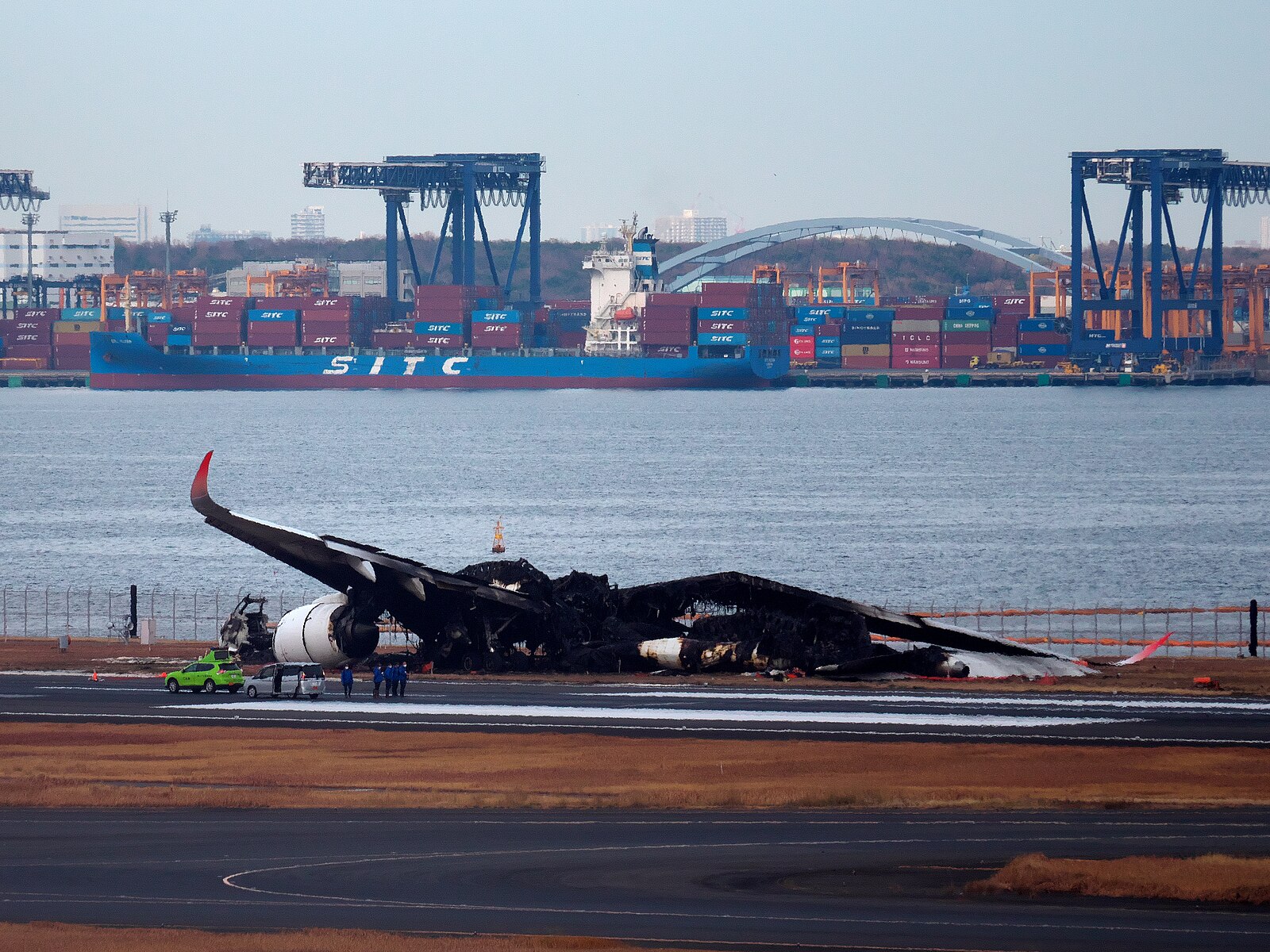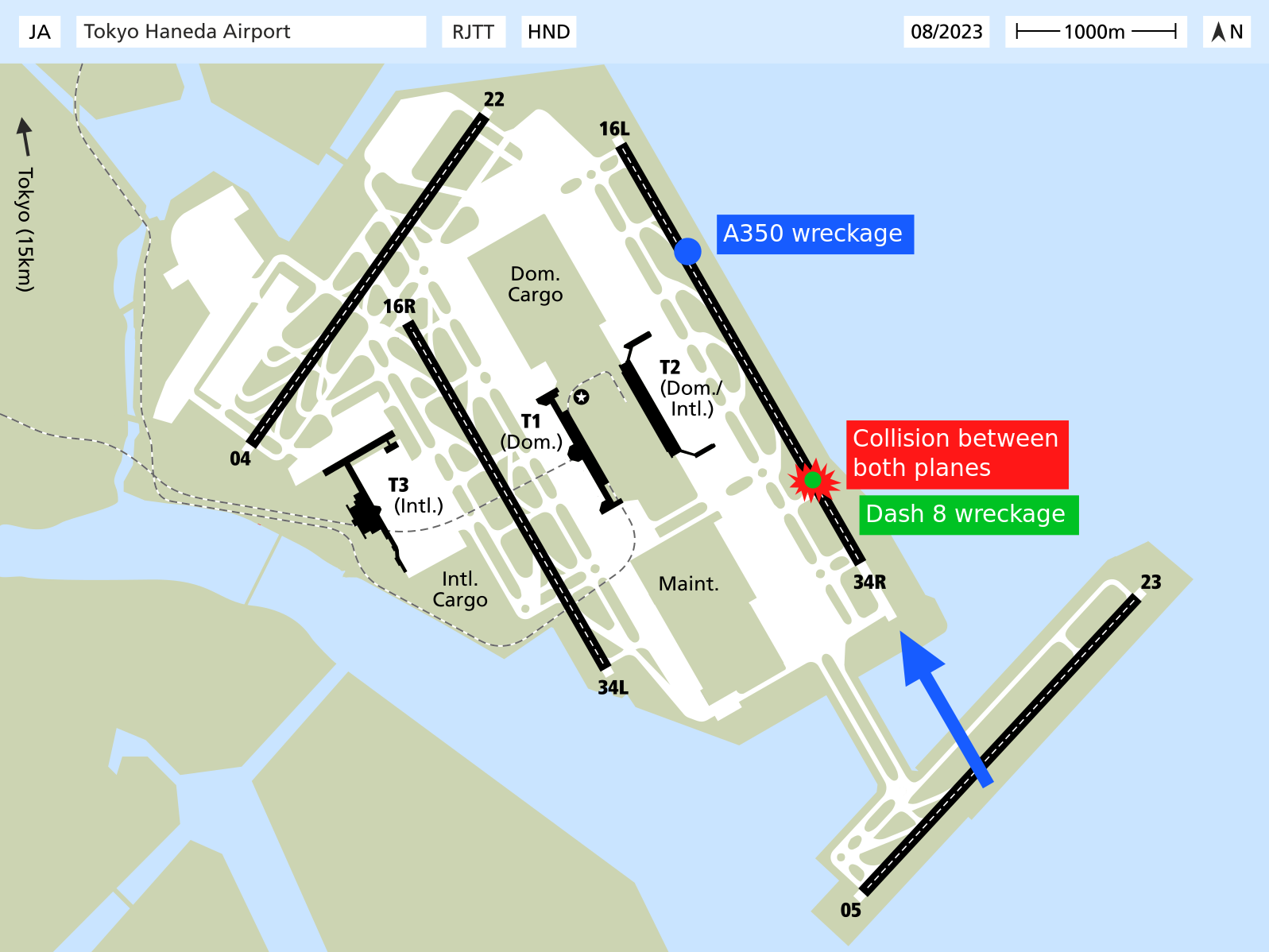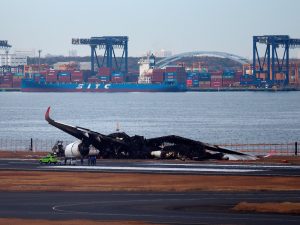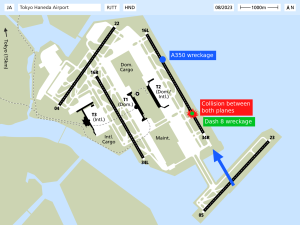Twelve minutes after ascending from Oregon’s Portland International Airport, Alaska Airlines Flight 1282 experienced a system failure, causing an exit door to blow off at 16,000 feet.
Leaving behind a gaping hole, oxygen masks immediately released as the vacuum sucked out headrests and a boy’s shirt, straight from his chest. Passengers cried and sent frantic texts to family members.
Stephanie King remembers the terror in the cabin.
“One of the ladies was screaming and crying,” King told CNN. “She was inconsolable. She kept saying ‘My son! My son! He got his shirt ripped off!’ It was absolutely surreal.”
Nick Hoch, another traveler on the flight, also recalled to CNN the unexpected feeling of wind.
“A mist or cloud whooshed past me that kind of hit me in the face,” Hoch said. “People’s hair was flying all over the place.”
On the ground, the door was found in a Portland homeowner’s backyard.
Two weeks later, U.S. Secretary of State Antony Blinken’s Boeing 737 plane malfunctioned on his way back from the World Economic Forum’s annual meeting in Davos, Switzerland, delaying his return to the United States.
Monday, CNN reported that Boeing encountered yet another issue with the Boeing 737 fleet, pausing orders on 50 new planes.
The incidents thrust Boeing 737 jets back into the spotlight after two deadly crashes in Indonesia and Ethiopia grounded the fleet in 2019. The additional concerns surrounding the planes sent Boeing and the FAA into disarray.
Chaos that never needed to happen.
Days before the incident, Boeing alerted airlines about possible loose bolts in the rudder system. While four airlines in the United States, including Alaska, confirmed that they would carry out inspections, they did not do so not until after Flight 1282—when the FAA had grounded all Boeing 737 Max 10 aircraft. Investigations of United and Alaska revealed loose bolts, which could have caused a similar disaster.
Tuesday, the National Transportation Safety Board (NTSB) determined in their preliminary report that four bolts were missing Flight 1282’s door plug which keeps the door locked
Why didn’t the FAA ground the fleet earlier? Why wait for a disaster like the Alaska incident? If safety is truly a priority, swift action is necessary and serious investigations must be performed.
Yet, how could a safety issue like this ever leave Boeing’s factory plant? The ploy of cutting corners while assembling a metal bird flying through the air at 30,000 feet is despicable, and Boeing must shift their focus from profits to compliance.
While Boeing admitted to its mistake, several airline CEOs and critics rightly call Boeing out for its recent lack of attention to quality control.
Emirates President Tim Clark noted Boeing’s “progressive decline” in caliber in a recent interview with the Financial Times.
There is no wonder why Emirates almost exclusively relies on Airbus products, including their famous Airbus A380.
Meanwhile, U.S. airlines who employ Boeing 737 Max voiced their frustrations and anger toward the conglomerate.
United Airlines CEO Scott Kirby expressed his disappointment in the once-excelling brand.
“I’m disappointed that… this keeps happening at Boeing. This isn’t new,” Kirby said.
This incident had far-reaching consequences for the airline. United planned to order several Boeing 737 Max 10s. Now, that does not seem likely.
“I think the Max 9 grounding is probably the straw that broke the camel’s back for us,” Kirby said. “We’re going to build a plan that doesn’t have the Max 10 in it.”
Alaska Airlines CEO Ben Minicucci did not mince his words toward Boeing either.
“I’m more than frustrated and disappointed,” Minicucci said. “I am angry. This happened to Alaska Airlines. It happened to our guests and happened to our people. And — my demand on Boeing is what are they going to do to improve their quality programs in-house.”
In its own right, it is shocking to hear airline bosses comment on Boeing’s attitude shift toward profitability after their sector actively research ways to restrict the passenger experience by denying travelers extra legroom and hiking up prices–all for their own gain.
Boeing is at fault, but airlines must prioritize the safety of their products as well.
Alaska Airlines made the fraught decision to keep the plane in the air after a cabin-pressurization alarm appeared in three flights before the tragic incident.
The airline pulled the plane from its regular service to Hawaii, but kept the aircraft in the sky over land so the plane could land if the light emerged again.
Airlines should be transparent and remove hazardous aircrafts from the sky. Just as Delta delayed my flight back from Minneapolis a week ago once their ground crew found significant damage on the plane. We were transferred to a new plane without facing a life-threatening decision.
Alaska should take note.
And even despite a spate of near-misses on U.S. soil in 2023, flying remains a safe mode of travel.
Yet, loose bolts and near-crashes continue to elicit fear in travelers, especially those who do not enjoy flying. If the airline industry wants to fix their reputation, they need to sure up the corners now before an accident like Alaska happens again.
Moreover, pilot fatigue is on the rise. In August, a report showed that three-quarters of European pilots took at least one micro nap while in the cockpit. Furthermore, 72.9 percent of pilots revealed that they had insufficient rest while recovering in between flights.
Even worse, in August 2022, two Ethiopian Airline pilots were asleep as their plane approached Addis Ababa, and missed the runway.
American pilots face this crisis too. According to the labor union Regional Airline Association, there was a 600 percent increase in fatigue in American pilots during the fall in 2021.
One pilot in November 2021 wrote, “Both of us were yawning and eye rubbing halfway through our 6+ hour flight… I was physically unable to keep up.”
Along with pilots, air traffic controllers are drifting off. A series of close calls prompted the FAA to create a panel on exhaustion in the air traffic control room.
The airline sector is not alone in a fault of responsibility, but transportation as a whole, especially in the United States.
Transportation in the United States continues to be substandard, and without the necessary funds and attention, it will only get worse.
Last year’s devastating and toxic train derailment in East Palestine, Ohio should have been a wake-up call, yet Congress hasn’t passed a major infrastructure law since the Inflation Reduction Act in the summer of 2021. Now, we live with the consequences of poor infrastructure in America.
Among the worst in the group is Amtrak. Like Boeing, Amtrak repeatedly faces scrutiny. Derailments are now a frequent occurrence. In November, an Amtrak train headed to Chicago collided with an empty truck. Even recently, an Amtrak passenger train derailed after ramming into a milk truck in Colorado.
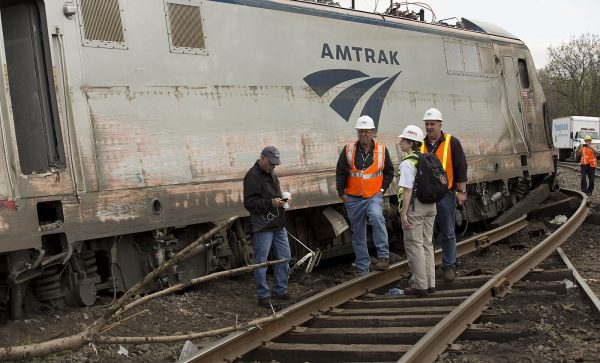
Furthermore, Boston’s woes of an aging public transit system haven’t gone away–and locals are concerned. According to a poll sponsored by the Barr Foundation, 70 percent of subway riders felt unsafe on the MBTA at least once.
Poor management is to blame. The electrical connections are shoddy and smoking, often disrupting service. Inconvenient slow zones and disregarded tracks make the rider experience a nightmare.
And that’s if you are lucky to catch a train. The MBTA constantly shuts down lines, putting passengers in a dilemma. Currently, the Red Line stations from Alewife to Harvard are closed, with the Orange and Green Lines scheduled for closures this month.
Two Miracles: Haneda and Hudson
An Airbus A350 glides toward the runway at Tokyo’s bustling Haneda Airport until a flash appears over the horizon. Suddenly, the jet skids across the runway leaving behind a trail of fire. Soon after, the plane surrenders to the flames as the plane is left smoldering nose-down.
The scene seems tragic. Yet, only one word can describe the scene: miracle.
On Jan. 2, Japan Airlines flight 516 collided on the runway with a Coast Guard plane heading to Ishikawa, the site of a magnitude 7.5 earthquake just a day earlier.
Following a brisk evacuation of the aircraft, all 379 passengers aboard the Airbus A350 departed the plane safely. The occupants of the military plane were less fortunate, as five of six crew members died in the crash.
Episodes like this often result in mass casualties.
For example, in 1977, terror reigned over the Canary Islands when two Boeing 747s operated by KLM and Pan-Am slammed into each other at the main airport in Tenerife. Among the 644 people on board the two planes, 583 died.

So why didn’t this accident end in mass fatalities?
The evacuation.
It took 379 passengers only 90 seconds to depart the plane in orderly fashion. No one brought their carry-on luggage and reports say that everyone remained calm and heeded the protocol.
Leading a successful evacuation without a single death is truly heroic. The ability to remain composed in a moment of terror exhibits courage and strength.
The crew deservedly received international recognition for their honorable display.
A pilot for a Southeast Asian airline told the BBC, “I must say it was amazing. You really don’t have time to think in a situation like this, so you just do what you were trained to do.”
Japan Airlines’ commitment to safety was bolstered after a tragic accident killed 520 passengers going to Osaka in August 1985.
In 2006, the airline unveiled a new facility dedicated to honoring the victims lost in the 1985 crash, hoping to emphasize its attentiveness to safety.
On the website, the airline says, “In face of the pain and grief of the bereaved families and public distrust in airline safety, we pledged that we would never again allow such a tragic accident to occur.”
The scene at Haneda recalls another miracle, one that occurred 15 years ago.
Shortly after taking off from New York’s LaGuardia Airport, U.S. Airways flight 1549 crashed into a flock of birds, promptly losing power to both of its engines. Without the ability to land at an airport nearby, Captain Chesley “Sully” Sullenberger landed in the middle of the Hudson River.
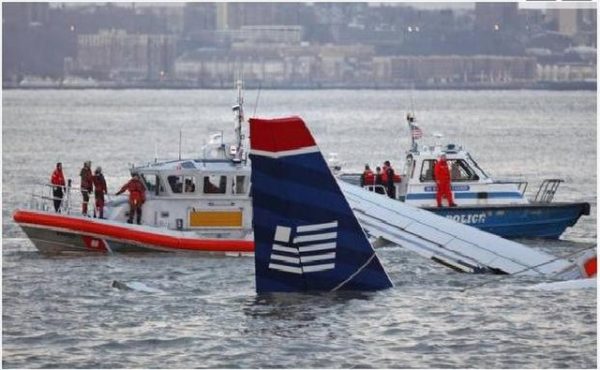
Sully’s touchdown on the river saved 155 lives and instantly became a success, with many dubbing the instance as “the Miracle on the Hudson.”
Sully’s valiant attempt to land safely on the Hudson is the epitome of human courage and leadership. Sully sets the example to make decisions decisively and stay unflustered in difficult moments.
If there’s a lesson to be learned, always follow the safety guidelines, listen to the cabin crew, and most importantly, stay calm.


